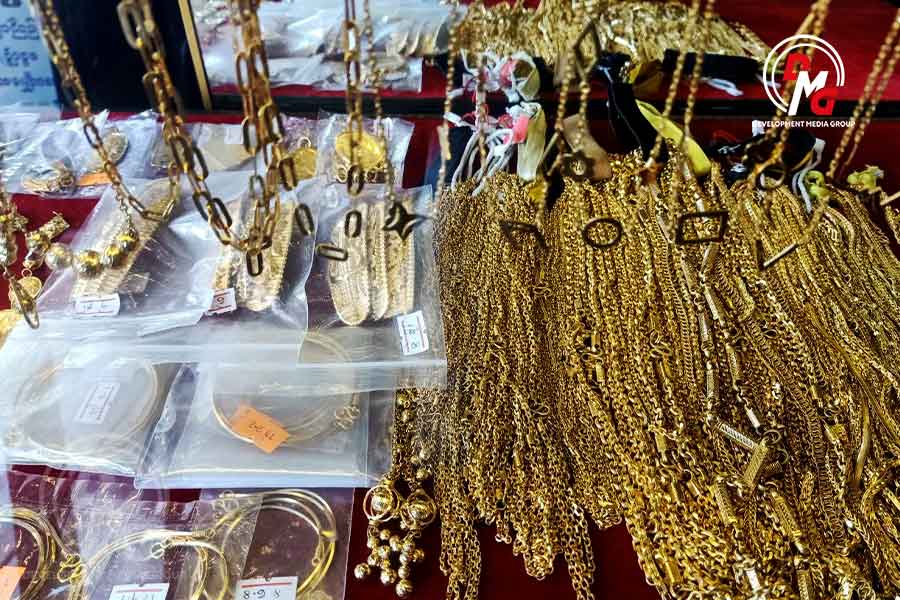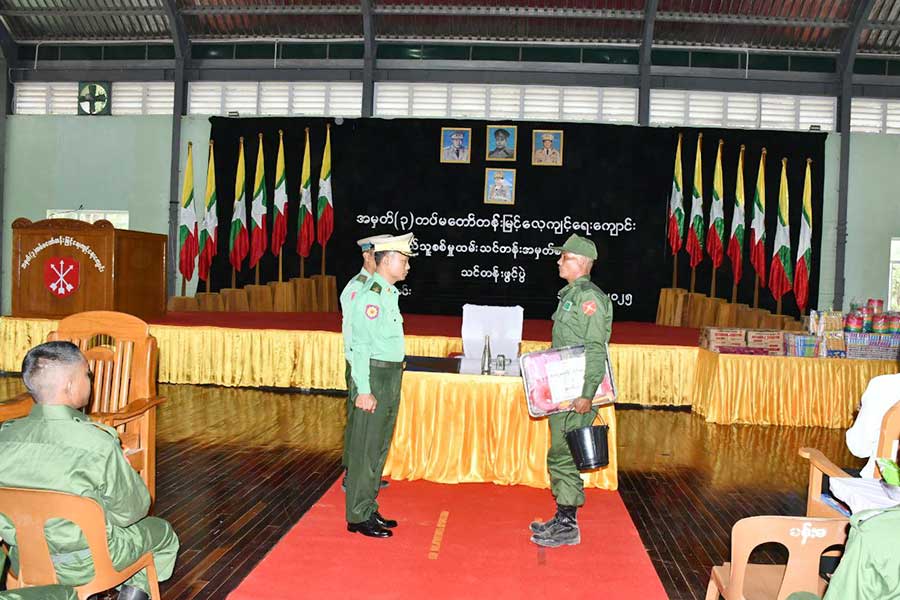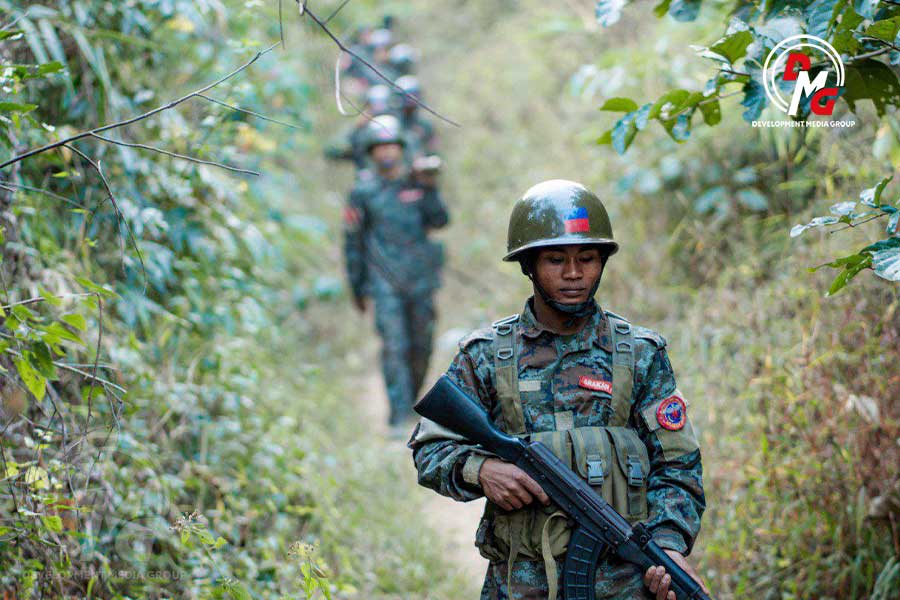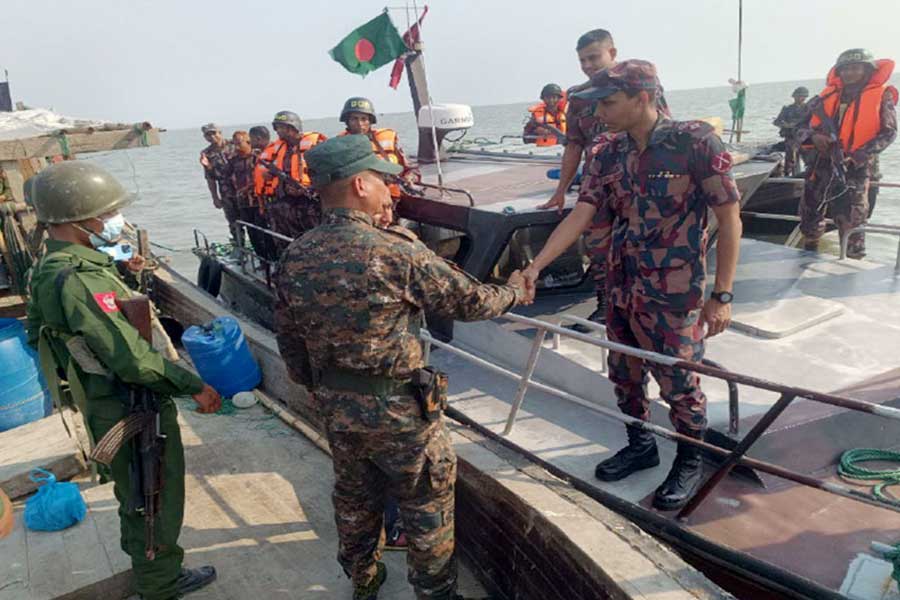- Junta uses Muslim militiamen to destroy villages in Kyaukphyu
- Gold prices reach K10 million per tical in Arakan State
- Junta charges K20,000 per household in Yangon for military service
- Arakan Army tightens security along Arakan-Bangladesh border
- Arakan in 2025: Control Without Peace, Governance Under Fire, and the Deepening Civilian Crisis
Dozens of villages facing serious water shortages in Ponnagyun Twsp
Forty-nine villages in Ponnagyun Township are facing serious water shortages as lakes and reservoirs have dried up due to intense heat, according to the Ponnagyun Youth Association(PYA).
11 May 2024

DMG Newsroom
11 May 2024, Ponnagyun
Forty-nine villages in Ponnagyun Township are facing serious water shortages as lakes and reservoirs have dried up due to intense heat, according to the Ponnagyun Youth Association(PYA).
The affected villages, including settlements along the Asian Highway, have been hit by serious water shortages since early April.
“Reservoirs have dried up since before Thingyan. It has become worse now. We can only bathe once in three days,” said a resident of Thayet Cho Village.
Ponnagyun residents have been forced to use water from sources including roadside gutters and wells on farms.
Elderly people and children are suffering from health problems due to unclean drinking water.
“We have to use water from any source available. So, children and elderly people have developed stomach and skin problems,” said a woman from Pan Nilar Village.
Last month, three people from Ahtet Myethle camp for internally displaced people (IDPs) in Ponnagyun Township died of diarrhoea after drinking unclean water.
Local residents have called on authorities to address water shortages in the township. The Ponnagyun Youth Association has been supplying water to villages out of its own funds and donations from villagers, said association member Ko Pyae Phyo Naing.
“We are distributing water to villages as much as we can. But we can do little due to funding constraints,” he said.
Ponnagyun Township has 94 village-tracts with around 200 villages, according to the 2014 population census.
Every year in Sagaing Region and Arakan State, water scarcity is a major issue from mid-April through June, resulting in communities using unsafe water sources and walking long distances to get meagre quantities of water for drinking and cooking.














.jpg)


